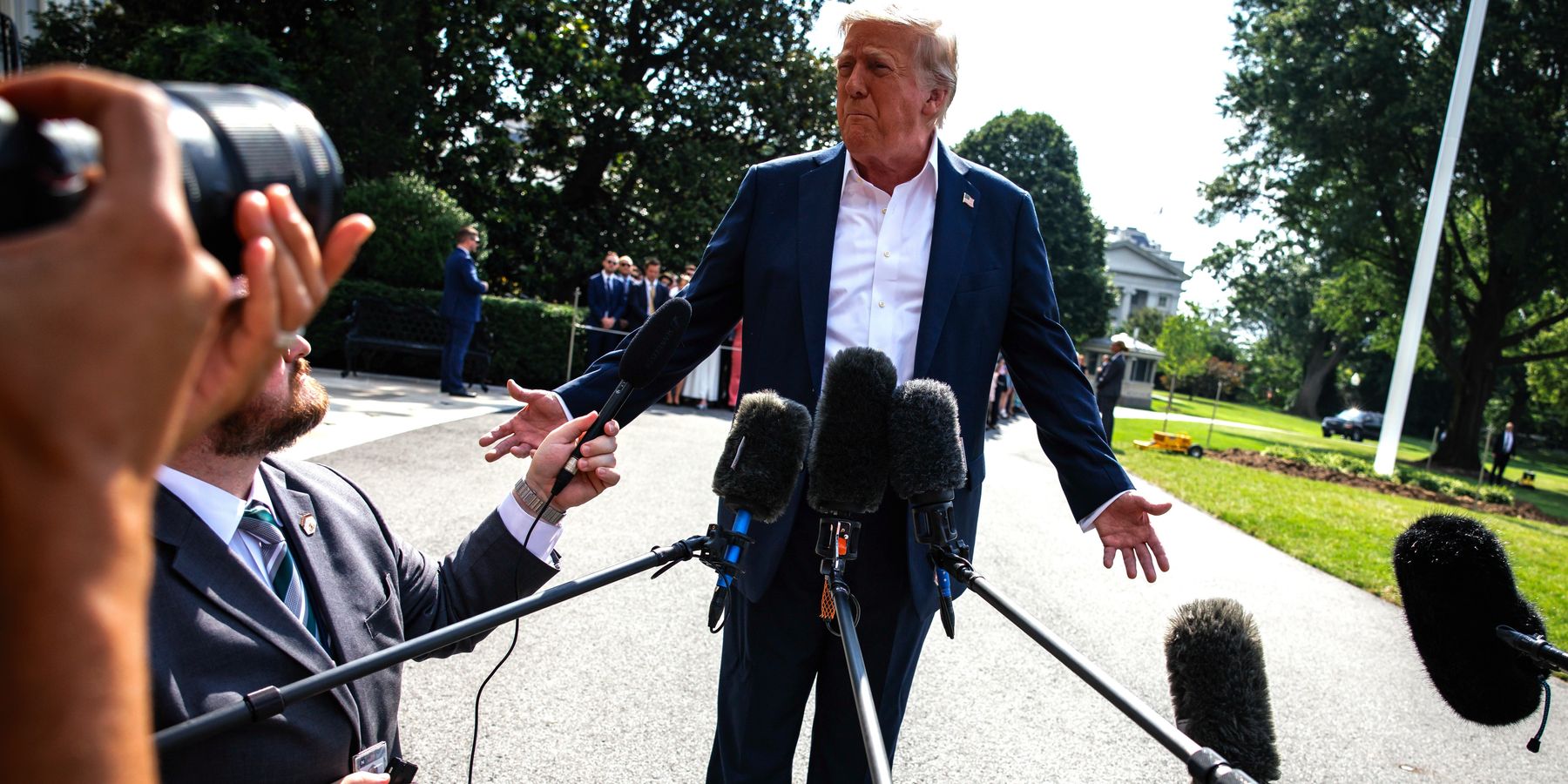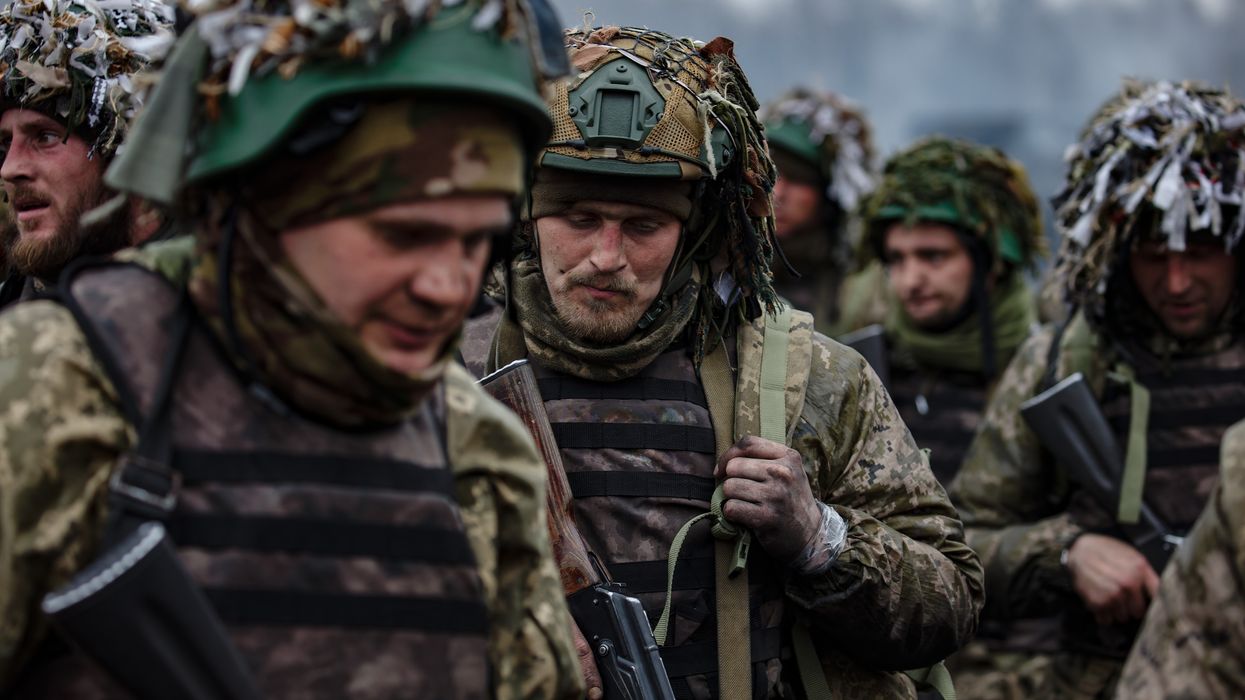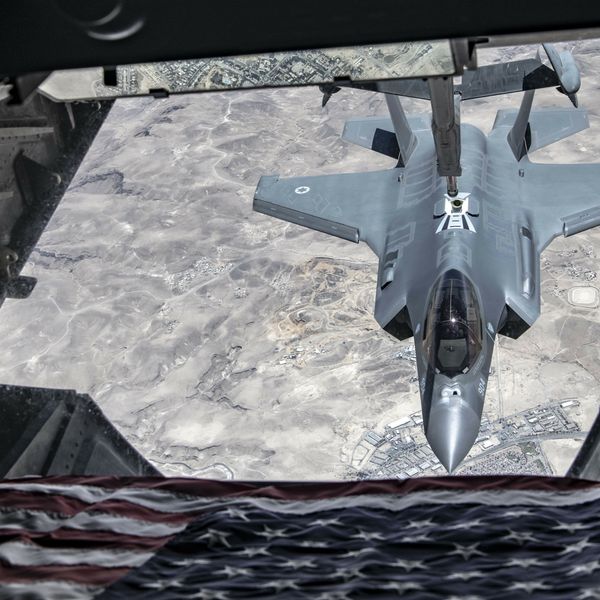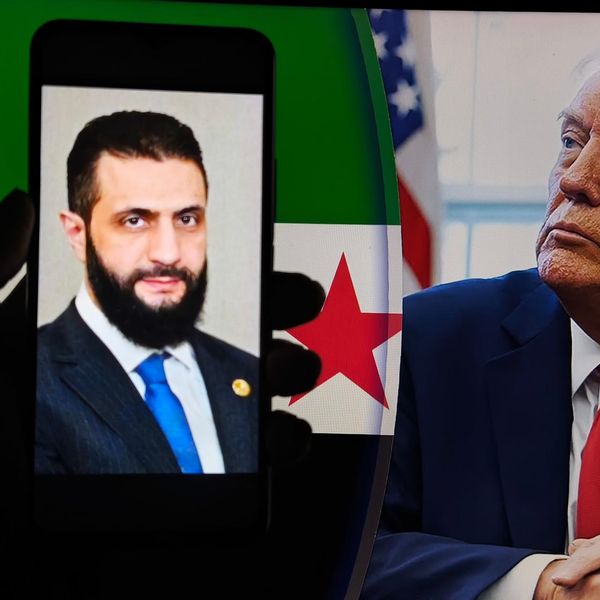President Trump finds himself in a rerun of his first term on Ukraine policy. Declawed by lawmakers in D.C. and forced to push policies that worsen the U.S. relationship with Russia.
He is expected today to announce that the U.S. will be sending more advanced patriot missile batteries to Ukraine — via NATO member countries, which will be paying for it.
It’s not clear whether this is the “big announcement” he told reporters he’d be making on Ukraine on Monday or whether that could include tough new sanctions on Russia. The sanctions, which would impose enormous tariffs of 500% on countries that buy Russian energy, are being pushed by Sen. Lindsey Graham (R-S.C.) and Richard Blumenthal (D-Conn.) in a Senate bill that now has some 85 co-sponsors.
Trump has not endorsed it yet but has made suggestions he would support it.
Pumping more weapons into the war won’t help Ukraine win; backing secondary sanctions will kill prospects for peace. He should press for compromise from all sides in the conflict.
There is a depressing sense of Groundhog Day to the situation President Trump finds himself in again today. Having said that “sanctions cost us a lot of money” at the recent G7 Summit in Canada, signing this latest act into law will simply confirm that he is no longer in control of U.S. policy towards Russia, as he wasn’t during his first term.
Indeed, the proposed legislation would have a much worse effect on U.S.-Russia relations than the Countering American Adversaries Through Sanctions Act of 2017, which was also pushed by Senator Graham.
When President Trump signed CAATSA into law, he included a statement expressing displeasure at its flawed nature and how it would limit his executive authority in foreign affairs.
CAATSA has been used for example to sanction Turkey in December 2020 over the purchase of Russian S-400 air defence and in March 2021 for the poisoning and imprisonment of the late political dissident, Aleksey Navalny. The difference with this latest sanctions bill is that, in addition to killing prospects of peace in Ukraine, it will cause self-harm to the U.S. economy — the tariffs would affect trade with a number of major U.S. partners including the EU, Taiwan, and China — and to America’s increasingly tarnished world standing.
Attempting to undermine Russia by pushing vast tariffs against its main trading partners simply will not work. Anyone who believes that China will suddenly stop importing Russian oil against the threat of U.S. sanctions is a fool or deliberately disingenuous.As it did earlier this year, China will simply respond with tit for tat tariffs against Washington.
While a much feared spike in inflation has not materialized yet, many American economists predict prices to rise over the summer. The rate of U.S. growth appears set to slow, according to the OECD. And that is on the basis of tariffs that President Trump threatened to impose. From ramping up China tariffs to 145% the average U.S. tariff on China is now around 51%. America’s effective tariff rate with the whole world stands at around 14.1% today.
At no point since 2014 has it appeared remotely likely that sanctions would change President Putin’s stance towards Ukraine.
As far back as February 2022, the day after the war in Ukraine started, Tulsi Gabbard, now U.S. Director of National Intelligence, was quoted as saying, “sanctions don’t work… What we do know is that they will increase suffering and hardship for the American people. And this is (the) whole problem with the Biden administration: They are so focused on how do we punish Putin that they don’t care and are not focused on what is actually in the best interests of the American people.”
Meanwhile, Russia will continue to prosecute its grinding war against Ukraine with devastating consequences for that country.
Now President Trump has struck a deal to send Patriot missiles to Ukraine via NATO (NATO countries will be paying for them), putting the financial burden on Europe as foreshadowed in my previous article.
In widely reported comments, President Trump accused President Putin of throwing a lot of “bull****” about peace talks. But the core of his comments were about the capabilities of U.S. military equipment, how Washington has given Ukraine three times as much as Europe and how that balance should be “equalized.” He also refers to the “brilliant” U.S. defense contractors and urges Secretary of Defense Pete Hegseth to “step them up” so that they can produce equipment more quickly.
My take is that, with a 5% NATO spending commitment pocketed, an increasingly frustrated President Trump increasingly looks upon the war as a business opportunity.
This follows approval of a one-time spending splurge of an additional $150 billion for the Department of Defense — more than twice Britain’s yearly military spending and the reversal of a decision to temporarily pause weapons shipments to Ukraine.
Trump says a major driver of this decision was the increase in Russian drone and missile strikes on Ukrainian cities including Kyiv. Ukraine undoubtedly needs weapons to defend itself.
The rate at which Ukraine is losing territory on the battlefield has accelerated significantly in recent weeks. However, daily territorial gains remain objectively small, albeit at a punishing human cost in death and injury. But providing more “defensive” weapons won’t help Ukraine win, though it may arrest the speed of defeat. Not providing weapons won’t help Russia secure a spectacular breakthrough either.
Russia has, arguably since the collapse of the first Istanbul talks in April 2022, focused on the attritional nature of the war, bleeding Ukraine and its Western sponsors dry of the economic means to fight. This lurch back to arming Ukraine to the teeth won’t change that.
Longer term, the new NATO commitment to 5% defense spending will gradually shift the balance of military power in Europe, such that European NATO members could stand on their own two feet against Russia. But it won’t happen soon enough to help Ukraine snatch victory from the jaws of defeat.
Further talks between Secretary of State Marco Rubio and his Russia counterpart Sergei Lavrov took place on July 10 in Kuala Lumpur. But the Russian Foreign Ministry statement on the talks was bland.
Beyond a brief reference to the search for peaceful solutions to conflict, it focused more on the reestablishment of “unhindered ties between their countries’ societies,” including through direct flights. A strategic reset of U.S.-Russia relations undoubtedly remains a big priority for the Kremlin. But right now, they appear in no hurry to settle. They, too, are consumed by a sense of déjà vu.
Going right back to the failed Minsk peace agreements of 2014 and 2015, peace efforts have always come to nought because of a desire by Western powers to force Russia to concede without imposing obligations on Ukraine to make concessions.
President Trump now needs to step back and look at the canvas.
While the texture of a future peace deal provides considerable scope for compromise on both sides, including on the issue of how the territorial status quo is described, one Russian demand will not change: NATO membership. Unless President Trump can broker Ukrainian acceptance that it will not join NATO, amidst resistance to any compromise from European allies, he will not bring peace to Ukraine, though he might dent the American economy.
Time to rip off that band-aid.
- Did Trump just dump the Ukraine War into the Europeans' lap? ›
- Good, bad and ugly: Impact of US Iran strikes on Russia war talks ›
- Graham: Trump ready 'to move' on Russia sanctions ›
- How Trump's 50-day deadline threat against Putin will backfire | Responsible Statecraft ›
- A postwar Western stockpile for Ukraine that is amenable to Russia | Responsible Statecraft ›
- Trump vs. Medvedev: When talking tough is plain turkey | Responsible Statecraft ›
- Diplomacy Watch: US govt. throws cold water on impact of sanctions | Responsible Statecraft ›
- Diplomacy Watch: Trump turns the screws on Moscow | Responsible Statecraft ›
















